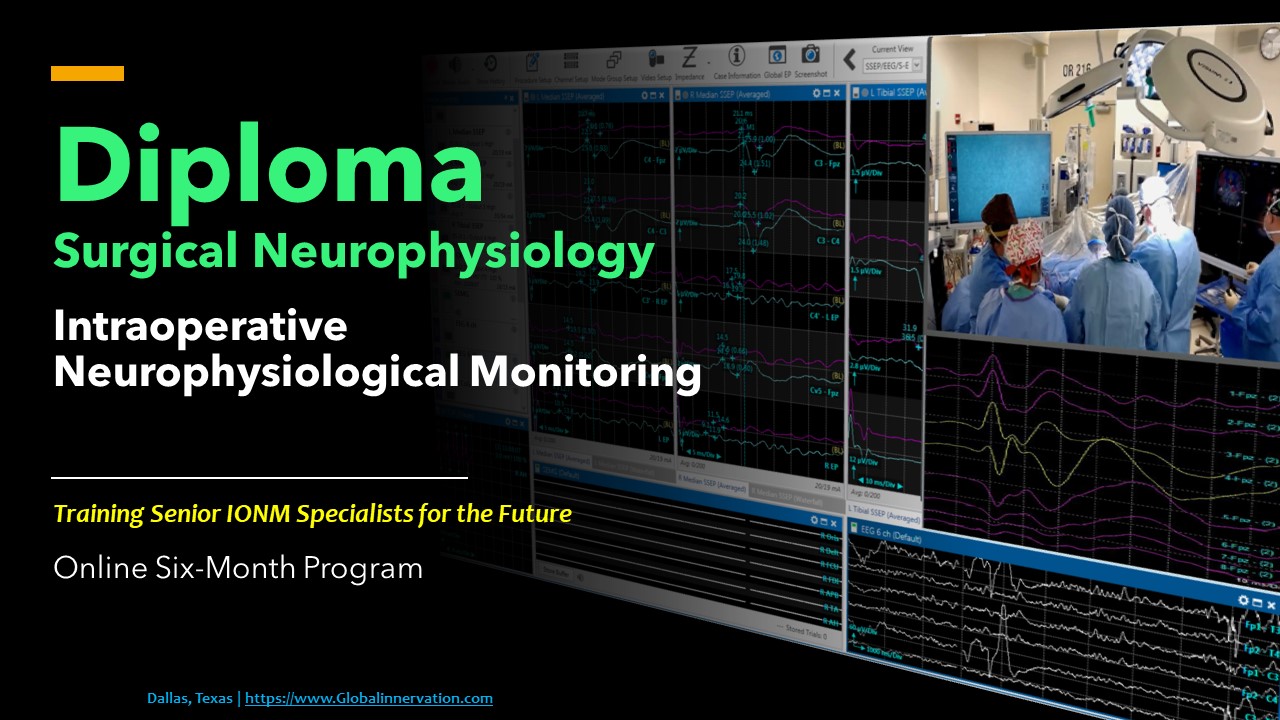Facial Nerve Monitoring During Parotidectomy: A Case Series
DOI:
https://doi.org/10.5281/zenodo.8206378Keywords:
Facial nerve, ionm, emg, comep, mep, parotidectomy, electormyography, corticobulbar mepAbstract
The parotid gland constitutes the largest of the salivary glands. It is an irregular lobulated mass located anterior to the ear and is an important anatomical landmark as the facial nerve courses and divides through the parotid gland. These facial nerve branches are at risk during parotidectomy, especially when a parotid mass is involved. In addition to surgeon experience and anatomical knowledge, intra-operative facial nerve monitoring (IONM) is an extremely useful tool in identifying and preserving the facial nerve during parotidectomy and reducing post-operative complications. A retrospective analysis was conducted. Twenty-three patients met inclusion criteria and underwent parotidectomies from 11/20/2012 to 1/13/2023. 14 male and nine female patients with a mean patient age of 63 years were included. All patients underwent intraoperative facial nerve monitoring and had successful procedures without incidence of facial nerve injury or other post-operative complications. Intraoperative Facial nerve monitoring is an incredibly important tool during parotidectomy and can help reduce post-operative complications such as transient and long-term facial nerve weakness. It should be employed during all parotidectomy cases, by surgeon experience, especially when the deeper lobe of the parotid gland is involved or in the case of malignancy. IONM helps reduce post-operative facial nerve weakness post-parotidectomy and should be employed during parotidectomy., quantitative, stress, non-REM sleep.
References
Drake, R., Vogl, A. W., & Mitchell, A. W. (2009). Gray's anatomy for students E-book. Elsevier Health Sciences.
Kochhar, A., Larian, B., & Azizzadeh, B. (2016). Facial nerve and parotid gland anatomy. Otolaryngologic Clinics of North America, 49(2), 273-284.
Stryjewska-Makuch, G., Kolebacz, B., Janik, M. A., & Wolnik, A. (2017). Increase in the incidence of parotid gland tumors in the years 2005–2014. Polish Journal of Otolaryngology, 71(2), 29-34.
Chiesa-Estomba, C. M., Saga-Gutiérrez, C., González-García, J. Á., Calvo-Henríquez, C., Larruscain, E., Sistiaga-Suárez, J. A., ... & Quer, M. (2021). Intraoperative monitoring of the facial nerve during parotid gland surgery in Otolaryngology services–Head and Neck Surgery. Acta Otorrinolaringologica (English Edition), 72(3), 158-163.
Wiertel-Krawczuk, A., & Huber, J. (2020). Iatrogenic injury and regeneration of the facial nerve after parotid gland tumour surgery: a pilot study with clinical and neurophysiological assessment. Journal of Medical Science, 89(1), e385-e385.
Marchese-Ragona, R., De Filippis, C., Marioni, G., & Staffieri, A. (2005). Treatment of complications of parotid gland surgery. Acta Otorhinolaryngologica Italica, 25(3), 174.
Kennelly, K. D. (2019). Clinical neurophysiology of cranial nerve disorders. Handbook of clinical neurology, 161, 327-342.
López, J. R., & Legatt, A. D. (2022). Monitoring surgery around the cranial nerves. In Handbook of Clinical Neurology (Vol. 186, pp. 319-351). Elsevier.
Thahim, K., Udaipurwala, I. H., & Kaleem, M. (2013). Clinical manifestations, treatment outcome and post-operative complications of parotid gland tumours-an experience of 20 cases. J Pak Med Assoc, 63(12), 1472-1475.
Siddiqui, A. H., Shakil, S., ur Rahim, D., & Shaikh, I. A. (2020). Post parotidectomy facial nerve palsy: A retrospective analysis. Pakistan Journal of Medical Sciences, 36(2), 126.
Chiang, F. Y., Wang, C. C., Wu, C. W., Lu, I. C., Chang, P. Y., Lin, Y. C., Lien, C. F., Wang, C. C., Huang, T. Y., & Hwang, T. Z. (2021). Correlation between Electrophysiological Change and Facial Function in Parotid Surgery Patients. Journal of clinical medicine, 10(24), 5730. https://doi.org/10.3390/jcm10245730
Downloads
Published
How to Cite
Issue
Section
License
Copyright (c) 2023 J of Neurophysiological Monitoring

This work is licensed under a Creative Commons Attribution 4.0 International License.





